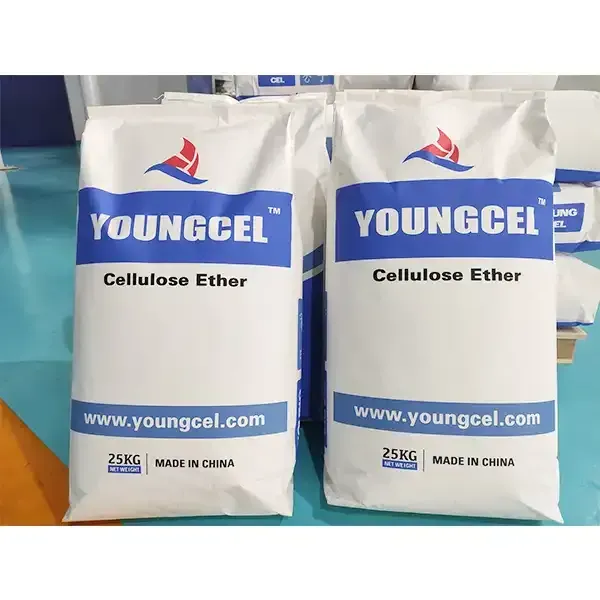Understanding Hydroxypropyl Methylcellulose (HPMC) Versatility and Applications
Hydroxypropyl methylcellulose (HPMC) is an important polymer derived from cellulose, a natural polymer found in the cell walls of plants. HPMC plays a crucial role across various industries due to its unique properties, including excellent film-forming abilities, thickening capacity, and water retention qualities. It is a non-ionic, biodegradable, and versatile compound that has found numerous applications in food, pharmaceuticals, cosmetics, and construction.
Structure and Properties
HPMC is synthesized through the etherification of cellulose with propylene oxide and methyl chloride. This process introduces hydroxypropyl and methyl groups onto the cellulose backbone, resulting in a versatile compound that exhibits varying degrees of substitution. The properties of HPMC can be tailored by adjusting the ratio of hydroxypropyl to methyl groups, which allows for influences on solubility, viscosity, and thermal properties.
One of the fascinating properties of HPMC is its ability to form gels and films. When dispersed in water, HPMC swells and forms a viscous solution, which can then be transformed into a gel upon heating or cooling. This behavior is particularly useful in applications requiring a thickening agent or a stabilizer.
Applications in Food Industry
In the food industry, HPMC serves as an effective thickening agent, emulsifier, and stabilizer. It is commonly used in sauces, dressings, ice creams, and gluten-free products. Due to its water retention capabilities, HPMC helps maintain moisture in baked goods, prolonging shelf life and improving texture. The compound also supports the creation of low-fat formulations by providing a desirable mouthfeel without the need for additional fats.
Moreover, HPMC is approved as a food additive by regulatory authorities such as the FDA, making it a safe choice for various food applications. Its low-caloric nature makes it particularly appealing for use in diet foods, where maintaining flavor and texture is crucial while keeping calorie counts low.
Role in Pharmaceuticals
hydroxypropyl methyl cellulose hpmc

In the pharmaceutical industry, HPMC is a vital excipient used in drug formulations. It serves multiple functions, including acting as a binder, film coating agent, and controlled-release polymer. Its ability to form stable hydrogels makes it an ideal candidate for controlled drug delivery systems. For instance, HPMC is often utilized in the production of sustained-release tablets where a gradual release of the active ingredient is required. This can enhance the therapeutic effect while minimizing side effects.
Furthermore, HPMC is commonly used in ophthalmic preparations due to its high water retention capabilities and biocompatibility. It helps to provide lubrication in eye drops, ensuring comfort and effective hydration to the ocular surface.
Importance in Cosmetics
In the cosmetics industry, HPMC is valued for its emulsifying and thickening properties. It is found in creams, lotions, shampoos, and other personal care products. The ability of HPMC to modify viscosity allows formulators to create products with a desirable texture and application experience. Additionally, it provides a smooth, silky feel on the skin, enhancing user experience.
Moreover, due to its film-forming capabilities, HPMC can be used in various cosmetic formulations to create a protective barrier on the skin, which can help in moisture retention and provide a prolonged effect of active ingredients.
Building and Construction Applications
HPMC is also used in building materials, particularly in cement and plaster formulations. Its water-retention properties enhance the workability of these materials, allowing for better adhesion and improved performance. By adding HPMC to cement, the risk of cracking and shrinkage is reduced, which is particularly important in construction applications.
Conclusion
Hydroxypropyl methylcellulose (HPMC) is a multifunctional polymer that has established its significance across various sectors. Its versatility goes beyond just a thickening agent; it plays critical roles in enhancing food texture, improving pharmaceutical formulations, enriching personal care products, and ensuring quality in construction materials. With increasing consumer demands for quality and safety, HPMC's significance is likely to continue growing, solidifying its position as an essential component in modern manufacturing and formulation practices. As industries evolve, the innovative applications of HPMC will likely expand, reflecting its adaptability and importance in meeting contemporary needs.




